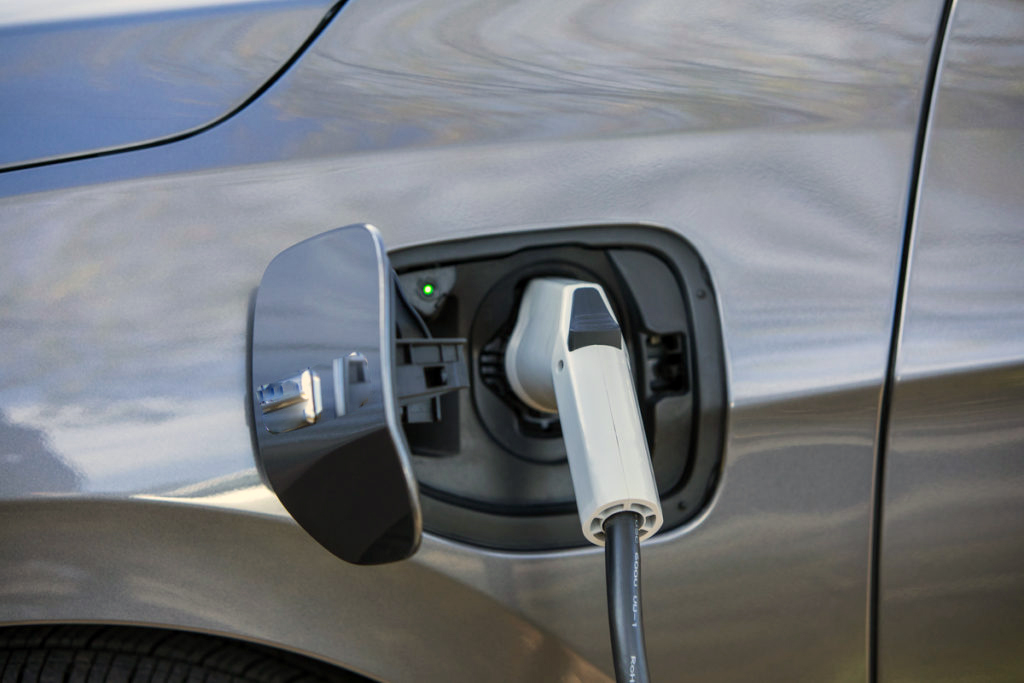
When writing about new EVs and EV availability, we often refer to the ZEV states – those that have adopted California’s zero emission vehicle mandate requiring that between 7 percent and 10 percent (it varies by state) of all new cars sold in 2025 and after must be zero-emission vehicles
These states are important because automakers often limit electric vehicle sales – especially in a model’s first few years – to states that are actively, as a matter of policy, encouraging people to buy or lease EVs.
That means that dealerships choosing to sell EVs in those states typically have specially trained technicians and equipment to service electric powertrains. In non-EV states, finding a shop that can provide quality maintenance and repair can be a real crapshoot.
The ZEV states typically offer financial incentives to boost EV purchases and use, and are the states that public EV charger companies look to first when they are planning new installations.
And, of course, the ZEV states, led by California, are primarily responsible for the slow but inevitable growth of zero emission vehicles in the U.S. There is a lot of international pressure for automakers to build ZEVs – Western Europe, Japan and China all are trying via government policies to reduce or eliminate internal combustion engines. But the main pressure on auto companies to sell ZEVs in the U.S. comes from the ZEV states, not the federal government.
What’s My State?
As of mid 2022, there were 16 ZEV states, with two more slated to join the club. Together, they account for about 40 percent of all new cars and light trucks sold in the U.S., giving them a lot of clout when they are telling automakers to provide EVs or face penalties that can include prohibitions on sales of new internal combustion vehicles.
Alphabetically, the ZEV states and the year each adopted ZEV regulations, are:
California, 1990.
Colorado, 2019
Connecticut, 2008.
Maine, 2001.
Maryland, 2011.
Massachusetts, 1995.
Minnesota, 2022
Nevada, 2021
New Jersey, 2009.
New Mexico, 2022
New York, 1993.
Oregon, 2009.
Rhode Island, 2008.
Vermont, 2000.
Virginia, 2021.
Washington, 2021
Worth Quoting
In announcing the Clean Cars Minnesota program, Gov. Tim Walz noted that the rules won’t ban internal combustion vehicles but will require automakers to offset the pollution impact of ICEs with very-low and zero-emission models.
“If you want to take your F150 to pull your fish house onto the ice, do that,” he said – referring to the popular winter sport of fishing through the ice on frozen lakes. By lowering greenhouse gas emissions to help combat climate change, the ZEV program, Walz said, will help “make sure there is ice on the lake.”
LEV States
Delaware and Pennsylvania haven’t mandated ZEVs yet, but have adopted California’s LEV – low-emission vehicle – rules.
The LEV requirements set declining emissions levels for cars and light trucks, encouraging gas-electric hybrids as well as ever-cleaner internal combustion engines. All of the ZEV states also have adopted the LEV requirements.
